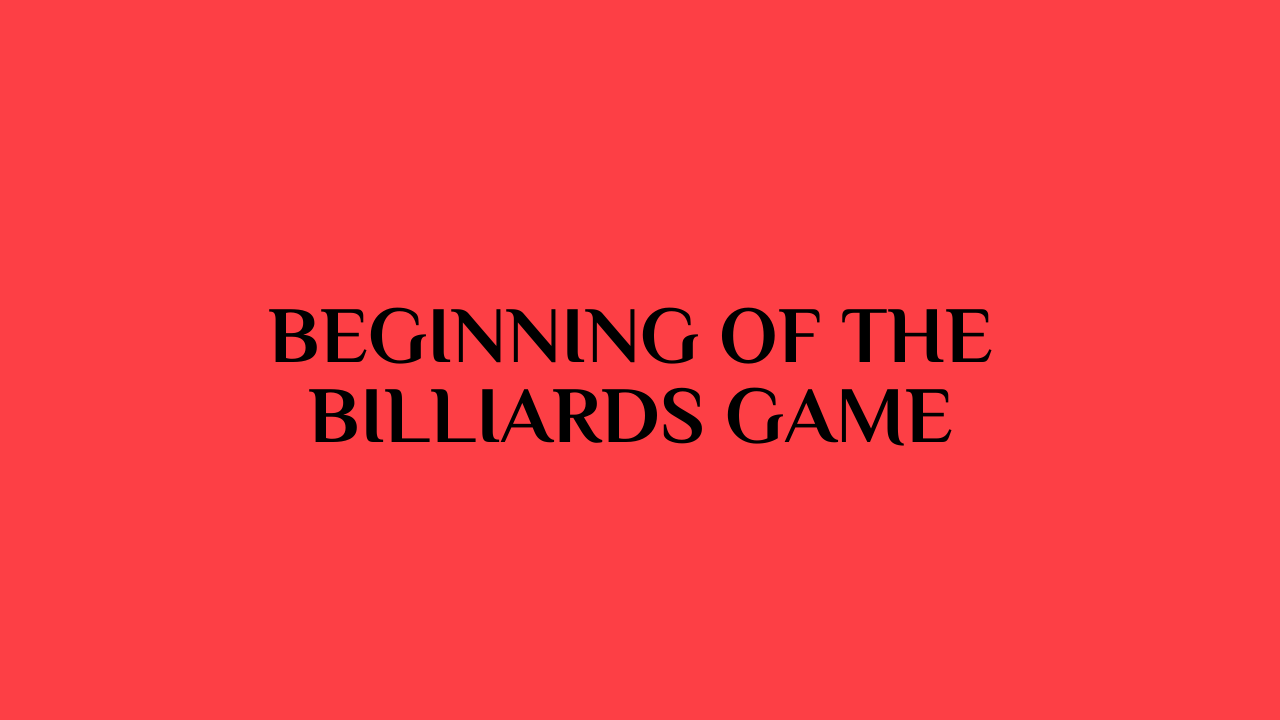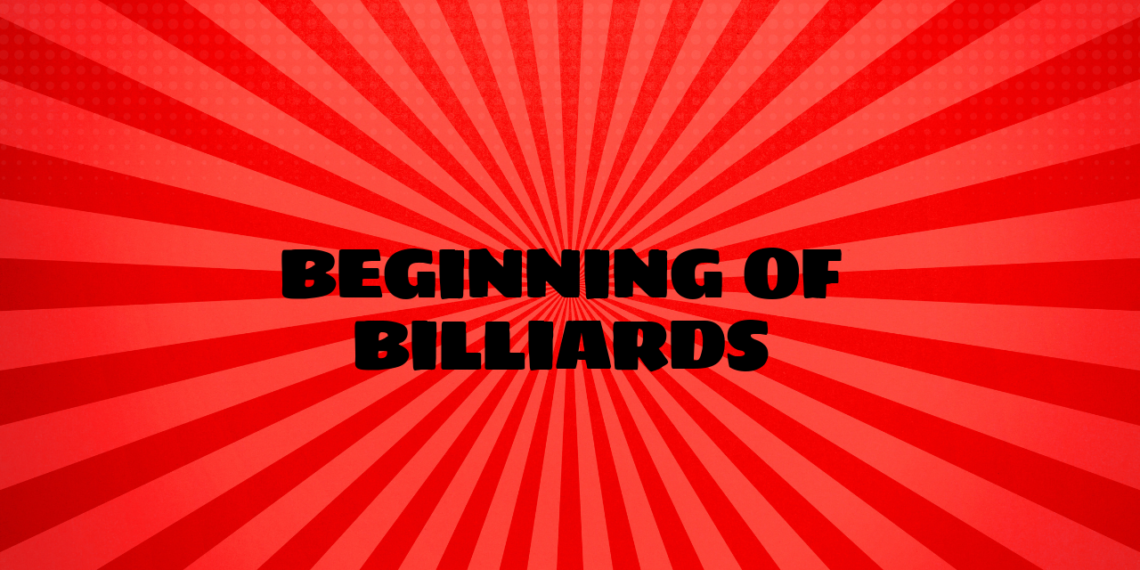Billiards is a classic game that has been around for centuries. It is a game of skill, strategy, and precision. Whether you are a novice or a professional billiards player, understanding the basics of the game is essential to success. This guide will provide you with an overview of the start of a billiards game, including the rules, table setup, and the different types of games.
Setting Up The Table
The first step in starting a game of billiards is to set up the table. Before you start, it is important to make sure that the table is level and that the cloth is in good condition. This will ensure that the balls roll smoothly and accurately. Next, you will need to place the balls in their starting positions. The balls should be placed in the center of the table and the cue ball should be placed in the “D” area.

Rules of the Game
The rules of billiards can vary depending on the type of game you are playing. Generally, the goal of the game is to pocket all of your balls before your opponent does. You can do this by striking the cue ball with your cue stick and using the cue ball to hit your own balls into the pockets. It is important to note that if you pocket the cue ball, it is a foul and your opponent will be awarded two points.
Types of Billiards Games
There are many different types of billiards games that you can play. The most popular games are 8-ball, 9-ball, and 10-ball. 8-ball is the most popular and is played with 15 balls – seven solids, seven stripes, and the black 8-ball. In 8-ball, the goal is to pocket all of your balls and then the 8-ball. 9-ball is similar to 8-ball but is played with only nine balls. The goal is to pocket the balls in numerical order. 10-ball is the most difficult of the three and is played with 10 balls. The goal is to pocket all of the balls in numerical order before your opponent does.

Scoring
Scoring in billiards can vary depending on the type of game you are playing. In 8-ball and 9-ball, the player who pockets all of their balls and then the 8-ball or 9-ball, respectively, is the winner. In 10-ball, the player who pockets all of the balls in numerical order first is the winner.
Strategies
Strategy is an important part of the game of billiards. You should always plan your shots ahead of time and consider the different angles and possibilities. It is also important to be aware of your opponent’s position and plan your shots accordingly.
Practice
Practice is essential if you want to improve your game. You should practice as much as possible and focus on developing your skills and accuracy. You can also practice by playing against a friend or by playing against the computer.
Equipment
In order to play billiards, you will need a few pieces of equipment. The most important piece of equipment is the cue stick. You will also need a set of billiard balls and a chalk for your cue stick. You can also purchase a table cover and a cue rack to keep your equipment organized.
Conclusion
Billiards is a great game that can be enjoyed by players of all ages and skill levels. To get started, it is important to understand the basics of the game, such as the rules, table setup, and the different types of games. It is also important to practice and develop your skills and strategies. With the right equipment and a little bit of practice, you can become a master of the game.



